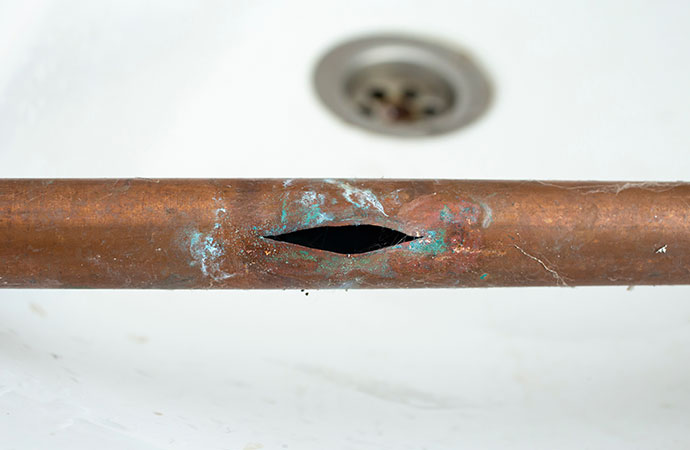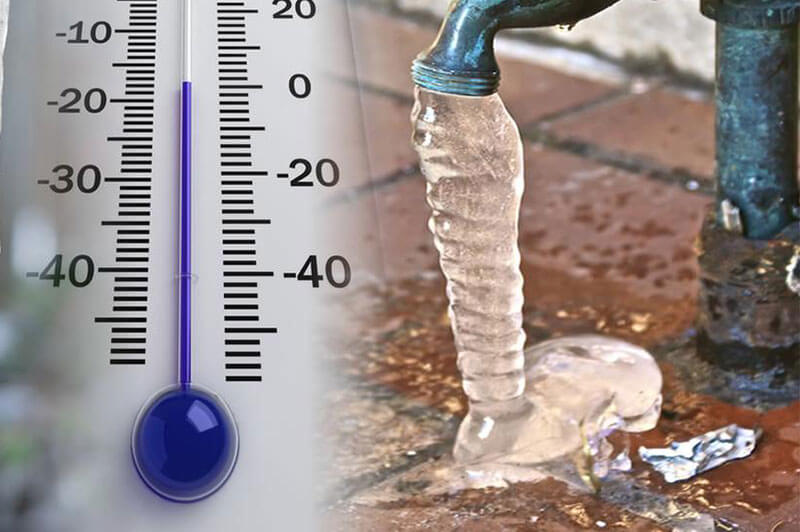Are you currently trying to locate content on The Do s And Don ts After Water Damage?

What should you do if a water pipeline bursts in your residence, creating a mini-waterfall and also swamping a location of your house? The longer you wait, the a lot more severe the water damage in your residential property. For these factors, you require to learn what to in case of a ruptured water pipeline.
Shut down the Key Waterline Shutoff
The first thing you need to do is close the shut-off valve. Seek the neighborhood shut-off valve to turn-off water in one certain location just. If you do not understand where the localized shut-off shutoff to the fixture is, you need to turn-off the primary waterline shutoff. This will remove the water in your whole home. Usually, the primary shutoff is found outside the house alongside the water meter. You can likewise locate it in the cellar at an eye-level or it can be in the First flooring on the ground if it's not there. Typically, builders yet the shut-off valve generally ground level shower room or appropriate next to it.
Call Water Damages Reconstruction Pros for Assistance
After closing the water resource, call the pros for assistance. This is not something you can easily DIY because they need to fix the pipes and attend to the damages to your residential or commercial property. Seek assistance from a reliable company using 24/7 emergency solutions. With their specialist aid, you can alleviate worsening due to the fact that water can permeate with your points leading to distorted baseboards, loosened floor tiles, or damage framework. Don't take this problem lightly as well as seek occupation assistance for full peace of mind.
Paper the Damage For Insurance
As you are waiting for the pros to get here, document the damage brought on by the wayward pipeline. Take photos and video clips of everything. Do closeup shots of valuables. These points will work as proof for your home owner's insurance policy. Remaining positive with this permits you to sue for coverage, which will assist you and also your family get back on your feet.
Recover Points That Can Be Conserved
Peruse the items and also take out the most crucial ones from the stack as soon as you're done taking photos. Dry them off and attempt to preserve as high as you can. Drag them away from dampness so they can start to dry out.
Begin the Drying Process
Ultimately, while waiting on the pros, you can start the drying process. Thankfully, water from your waterlines are tidy so you do not have to bother with sewer water. The flowing water may have disrupted the dust and also debris in your carpets and floorboards. So be prepared with handwear covers as you make use of pails to dispose out the water. Then, blot out as much as you can with old towels. You can likewise activate an electric fan or open home windows to advertise air circulation. This will certainly accelerate drying and hinder mold and mold growth.
Professionals are the only ones certified to take care of the burs pipes and succeeding damage. You will generally see red flags like gurgling paint, weird noises in the plumbing, stuffy odor, caving ceiling, peeling off wallpaper, or water spots.
What should you do if a water pipeline ruptureds in your house, producing a mini-waterfall and also flooding a location of your home? For these reasons, you require to learn what to in situation of a burst water pipeline. After closing the water resource, call the pros for help. With their professional aid, you can mitigate exacerbation because water can leak via your points resulting in deformed walls, loosened floor tiles, or damage structure. Luckily, water from your waterlines are tidy so you do not have to stress about sewage system water.
How to Handle a Burst Pipe and Minimize Damage
Steps to Take Ahead of Time
If you own property in an area that experiences cold weather, you need to be aware of seasonal maintenance tasks that will help you protect your property as the weather changes each year. One of the most important steps is to winterize your pipes to ensure they won't freeze or burst when the temperature drops. This includes action items like insulating any exposed pipes, detaching garden hoses and covering outdoor faucets. If the weather gets cold enough, you may even consider leaving a faucet dripping or opening cabinet doors during the coldest parts of the day.
No matter how prepared you might be, accidents and emergencies still happen. You'd be wise to set up a savings account specifically for your property so you have a "rainy day" fund set aside for unexpected expenses. All homes regardless of age, location or condition will inevitably need some form of emergency repair.
Steps to Take for Frozen Pipes
A frozen pipe will not necessarily burst, so if you can catch a frozen pipe early on, you could save yourself a major headache. When your area experiences frigid temperatures, be sure to check your plumbing and keep an eye out for warning signs like faucets only releasing small amounts of water or toilets not refilling when flushed. If you do run into one of these issues, you're likely dealing with a frozen pipe.
If this happens, your first step should be to cut off the water supply to that section of the plumbing. Expanding and freezing water can quickly cause damage. Even if the water supply is shut off, you will likely still deal with some leaking from the water that defrosts after the pipe has thawed. Be prepared with a mop, bucket and/or towels to quickly soak up any excess water.
In order to thaw a frozen pipe, you can use a space heater, infrared or incandescent heat lamp, or even a hairdryer to warm up the frozen area. Heat tape is also an option and should be used according to manufacturer instructions. Do not use any sort of open flame to thaw frozen pipes, as it poses a major fire hazard and can damage your pipes further.
Steps to Take for a Burst Pipe
Water damage claims are the second most common insurance claim in the U.S. When you're dealing with a frozen pipe, the water continues to expand as it freezes, which creates pressure that can cause a pipe to burst. When this happens, the crack or leak in the pipe allows water flow from the pipe to enter your home where it shouldn't. If a pipe does burst, you need to act quickly to mitigate property damage and repair cost.
Your very first step should be to shut off your main water supply to minimize flooding typically the most expensive damage to address. Once you've shut off the water supply, make sure you identify the entire area that has been impacted by the leak. Remove as much water as possible as quickly as possible using a mop, sponges, towels or a shop vacuum or wet/dry vacuum. To prevent long-term damage due to moisture build-up, run a dehumidifier or fan in the affected area. Contact a licensed plumber to ensure the pipe is correctly repaired before running any water to that section of the home again. Burst pipes and the associated water damage are something you absolutely want to avoid as a property owner. If you've had to learn your lesson the hard way, don't let yourself get caught in a similar situation during the next spell of cold weather. The best way to deal with frozen or burst pipes is to prevent them in the first place proactive winter maintenance will save you time, money and a whole lot of stress.

As a person who reads on What You Should And Shouldn t Do When Dealing With Water Damage, I imagined sharing that excerpt was a smart idea. Feel free to take a moment to distribute this article if you appreciated it. Thank you for going through it.
We value timeliness.